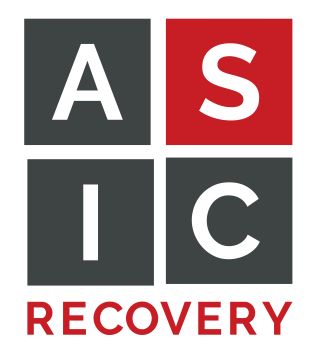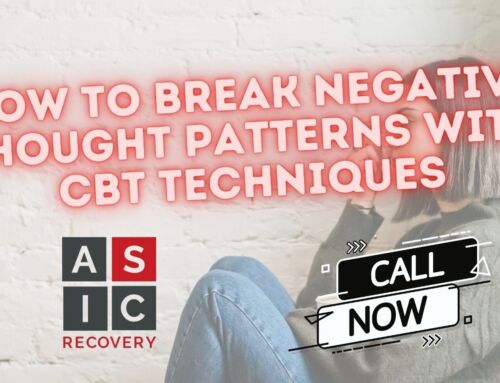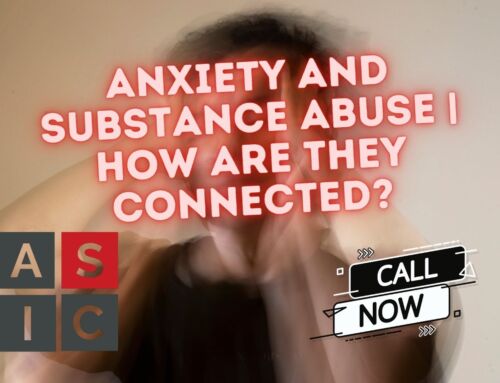Suboxone is a prescription medication used to treat opioid addiction that’s notorious for being difficult to get off of.
It’s a combination of buprenorphine and naloxone, which work together to reduce cravings and withdrawal symptoms. Buprenorphine is an opioid itself, which is why it’s so hard to stop — you go through opioid withdrawal when you come off.
This might seem counterintuitive, and in some ways it is, but buprenorphine is “less addictive” than some other opioids, and it is definitely less dangerous than drugs like heroin and Fentanyl, which you can easily overdose on, especially if you’re injecting them.
Suboxone is a form of medication-assisted treatment (MAT) — harm reduction. For some people, choosing to stay on Suboxone long-term might be a good idea. For others, the goal might be to come off eventually.
If you’re looking to get off of Suboxone and become completely medication-free and drug-free, there are some things you need to know.
What Is Suboxone?
Buprenorphine, the active ingredient in Suboxone, is an opioid agonist, which means it binds to opioid receptors in the brain and produces effects similar to those of other opioids like heroin, morphine, and oxycodone.
Naloxone is an opioid antagonist, which means it blocks the effects of opioids. Together, these two drugs work to reduce cravings and withdrawal symptoms associated with opioid addiction.
Suboxone is prescribed by a doctor and is typically taken daily in pill form, usually twice a day. It is available in both short-acting and long-acting formulations.
The short-acting formulation is taken as needed, while the long-acting formulation is taken once a day. The long-acting formulation is generally prescribed for people who have difficulty sticking to a daily pill regimen.
When you stop taking Suboxone, just like when you stop taking any opioid, you start going through withdrawal.
At ASIC Recovery, our Intensive Outpatient Program (IOP) is dedicated to helping individuals develop healthier habits and build a life in long term recovery.
Click to learn more.
The Symptoms Of Suboxone Withdrawal
Suboxone withdrawal can cause a variety of physical and psychological symptoms. The severity and duration of these symptoms can vary from person to person. The most common symptoms of Suboxone withdrawal include:
- Nausea
- Vomiting
- Abdominal pain
- Muscle aches
- Sweating
- Anxiety/Panic Attacks
- Restlessness
- Depression
- Irritability/Anger
- Confusion
- Insomnia
- Cravings
- Feelings of Guilt and Shame
These symptoms can be very uncomfortable and can make it difficult to stay off, so try to remember what your goal is, the reason why you’re trying to get off Suboxone. If necessary, there’s no shame in going to rehab to get off.
The longer you’re on Suboxone, the worse the withdrawal symptoms will be when you eventually try to get off. If you’re even thinking about getting off, you might want to do it sooner rather than later.
How To Overcome The Physical Symptoms Of Suboxone Withdrawal
The best way to overcome the physical symptoms of Suboxone withdrawal is to gradually reduce the dose of the drug over time, which is called tapering. This can help to reduce the intensity of your withdrawals.
Tapering on your own is very difficult, if not impossible, so it’s best done under the guidance of a medical professional who can monitor your progress and adjust the dose as needed. That way, if you need a little more sometimes, the doctor can give you that — and keep you from taking too much.
In addition to tapering, you can use other strategies to manage the physical symptoms of Suboxone withdrawal. These include:
- Staying hydrated: Drinking plenty of fluids can help to reduce the severity of some of the physical symptoms of withdrawal.
- Eating a balanced diet: Eating nutrient-dense foods provides your body with the energy and nutrients it needs to cope with the symptoms of withdrawal.
- Exercising lightly: If you feel up to it, exercise can help to reduce muscle tension and improve your overall sense of well-being.
- Taking OTC medications: Over-the-counter medications such as ibuprofen can help to reduce muscle pain and discomfort.
You might be tempted to use other drugs — like Xanax, marijuana, or alcohol — to come off of Suboxone. This is usually a bad idea — you might just end up addicted to that substance instead.
This is why rehab might be the best way to go. In rehab, they can give you some prescription medications like clonidine to help you get through withdrawals — but only in small doses so that you don’t overdo it.
How To Manage The Psychological Symptoms Of Suboxone Withdrawal
The psychological symptoms of Suboxone withdrawal can be just as difficult to manage as the physical symptoms.
The most effective way to manage the psychological symptoms of Suboxone withdrawal is to seek professional help.
If you decide not to do rehab, talking to a therapist or counselor can give you the support you need to cope with the emotional and psychological effects of withdrawal.
Cognitive behavioral therapy (CBT) can also be used to identify and manage thoughts and behaviors that may be contributing to the symptoms of withdrawal.
In addition to professional help, there are a number of self-help strategies that can be used to manage the psychological symptoms of Suboxone withdrawal. These include:
- Meditation and mindfulness: Meditation and mindfulness can help to reduce stress and anxiety and improve your overall sense of well-being.
- Keeping a journal: Writing down your thoughts and feelings can help to provide clarity and insight into what you are going through.
- Connecting with others: Connecting with supportive friends and family members can provide you with the social support you need.
- Getting involved in 12-step programs: Being around others who are going through the same thing you’re going through (or have already successfully detoxed) can be incredibly helpful. Getting a sponsor and working through the 12 steps can also help you get through withdrawals and stay sober afterward.
Don’t Go It Alone
Suboxone withdrawal can be a difficult and uncomfortable process. However, with the right treatment plan, it is possible to manage the symptoms, get off Suboxone, and stay sober permanently.
If you or someone you know is struggling with Suboxone withdrawal, it is important to seek help from a qualified medical professional.
Are you looking for addiction treatment in Texas? At ASIC recovery, our Intensive Outpatient Program (IOP) is dedicated to helping you develop healthier coping skills and build a supportive recovery network.



